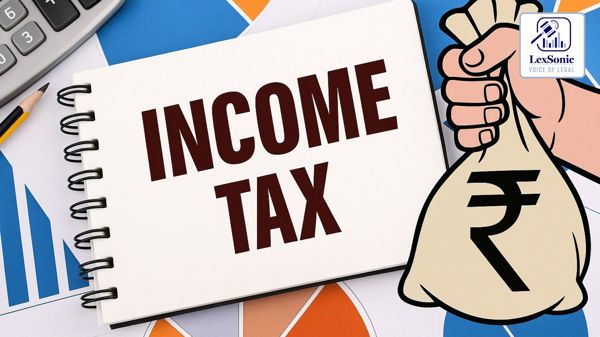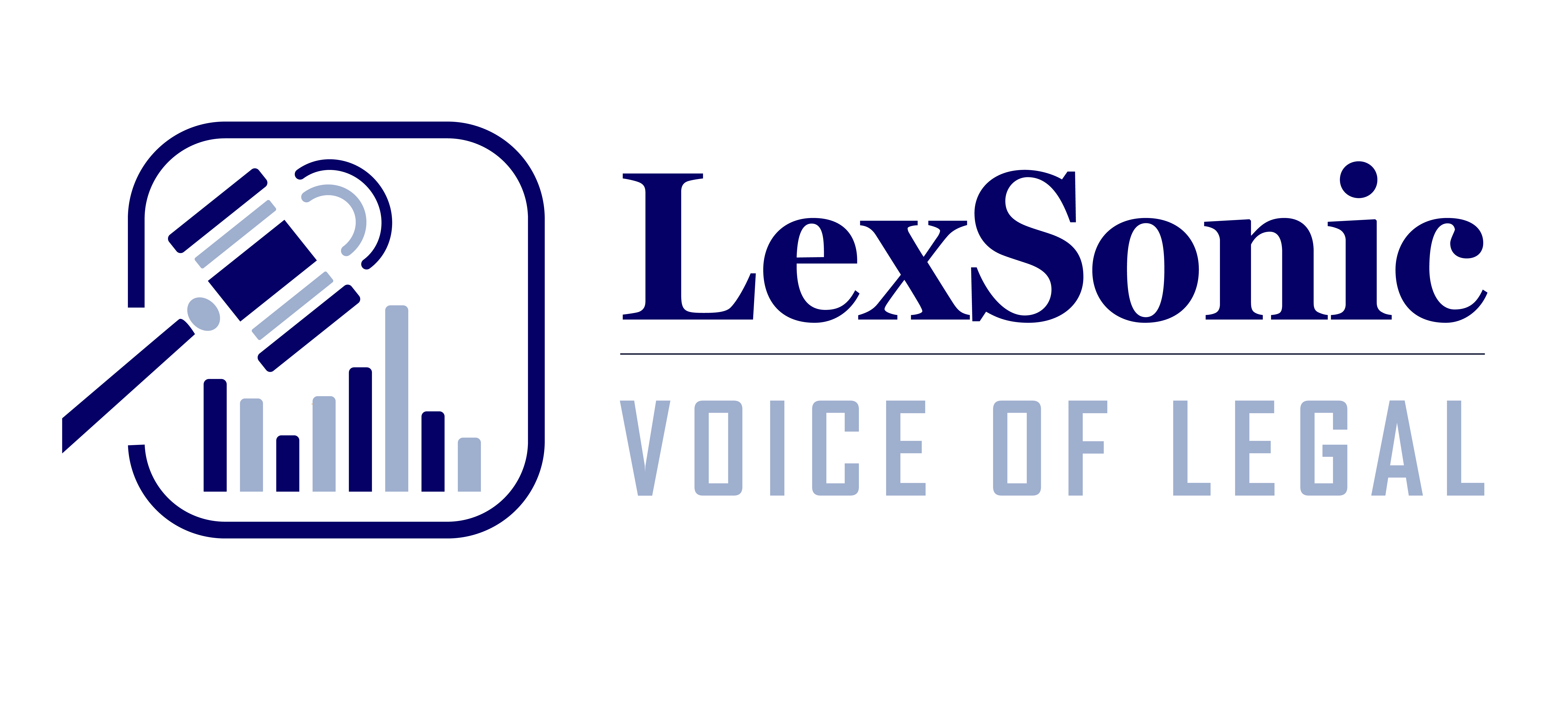Bombay High Court Affirms Tax Tribunal's Order: Infrastructure Fee Limited to 5% of Actual Advertising Receipts.
22 April 2025
Income Tax >> Tax Laws
In M/s. Star Time Communication (I) Pvt. Ltd. v/s The Commissioner of Income Tax, Mumbai City., the Bombay High Court recently dismissed an appeal filed by an assessee challenging an order of the Income Tax Appellate Tribunal (Tribunal) concerning the Assessment Year 1993-94. The core issue in the appeal was whether the assessee was entitled to claim infrastructure fees at 5% of the gross advertising bills raised or only 5% of the actual advertising receipts. The High Court upheld the Tribunal's conclusion, answering the substantial question of law against the assessee.
The appellant, a company incorporated in 1992, had entered into an agreement in July 1992 with Prime Time Media Services Pvt. Ltd. Clause 3 of this agreement stipulated that the assessee would pay Prime Time 5% of the total receipts from advertising. In its income tax return for AY 1993-94, the assessee declared a total income of Rs. 7,57,746/- and claimed Rs. 22,36,544/- as infrastructure fee based on the aforementioned agreement.

During the assessment proceedings, the Assessing Officer (AO) noted that the assessee had disclosed a total income from advertisement of Rs. 63,43,480/- in its profit and loss account, with Rs. 4,66,068/- outstanding as of March 31, 1993. Consequently, the AO restricted the infrastructure fee to Rs. 2,93,870/-, which was 5% of the actual receipts of Rs. 58,77,412/-.
Aggrieved by the AO's order, the assessee appealed to the Commissioner of Income Tax (Appeals) [CIT(A)]. The CIT(A) partly allowed the appeal, determining that a reasonable payment to Prime Time would be 15% of the actual advertising revenue received, amounting to Rs. 8,81,611/-. The CIT(A) thus restricted the disallowance to Rs. 10,61,063/-.
Subsequently, the assessee filed an appeal before the Income Tax Appellate Tribunal (Tribunal), which was dismissed by an order dated March 31, 2003. The Tribunal held that a reasonable interpretation of the agreement indicated that the assessee was not entitled to any further relief beyond what was granted by the CIT(A). This led the assessee to file the present appeal before the High Court under Section 260A of the Income Tax Act, 1961.
The learned senior counsel for the appellant argued that the Tribunal erred in confirming the disallowance and failed to consider whether the expenditure was genuinely incurred wholly and exclusively for the assessee's business. It was also contended that the AO could not restrict the allowance based on actual receipts rather than total income as per the profit and loss statement, as this interfered with the assessee's business prerogative. Furthermore, the appellant argued that the AO had not established any industry benchmark for infrastructure fees and that the Tribunal had effectively rewritten the agreement between the parties. The appellant asserted that the total receipts were significantly higher (Rs. 4,47,30,880/-) and should have been the basis for calculating the 5% fee. Reliance was placed on Supreme Court and Karnataka High Court judgments supporting the principle of commercial expediency and the businessman's perspective on expenditure reasonableness.
Conversely, the revenue's counsel argued that the assessee itself had disclosed the advertising income as Rs. 63,43,480/- in its profit and loss account and could not now claim a much higher figure for calculating the infrastructure fee. It was submitted that the AO, CIT(A), and the Tribunal had recorded findings of fact that were not perverse, thus warranting no interference under Section 260A.
The High Court, after considering the submissions and perusing the record, referred to the Supreme Court's principles on commercial expediency, stating that while the reasonableness of expenditure should be viewed from the businessman's perspective, the appellate tribunal is entitled to disallow payments deemed unreal, not incurred in the capacity of a trader, or not wholly and exclusively for business purposes. The Court also reiterated the limited scope of appeal under Section 260A, allowing interference with findings of fact only if they are shown to be perverse.
Examining Clause 3 of the agreement, the High Court noted that it clearly stipulated payment of 5% of the "total receipts" of the assessee from advertising. Based on the assessee's own profit and loss account, the actual advertising income for the relevant period was Rs. 58,77,412/- (after excluding outstanding amounts). The Court found that the AO had correctly applied the terms of the agreement by calculating the 5% infrastructure fee on these actual receipts. The CIT(A) had even enhanced this to 15% of the receipts, a decision the revenue did not challenge.
The High Court concluded that the findings of fact recorded by the AO, CIT(A), and the Tribunal regarding the assessee's income from advertising were based on the assessee's own records and could not be considered perverse or based on no evidence. Therefore, no interference in this appeal was warranted.
In its final order, the High Court answered the substantial question of law in the affirmative and against the assessee, holding that the Tribunal was right in concluding that the appellant was entitled to only 5% of the actual receipts from advertising and not 5% of the gross advertising bills raised. Consequently, the appeal was dismissed.
Section 260A, Income Tax Act - 1961
